For anyone who needs to be able to do this, I was able to get the curves in the format I needed (sonic.js format) by first drawing my curve in inkscape using curves. I was then able to use the XML editor (EDIT>XML Editor in Inkscape) to copy the svg 'd=' attribute of my path describing my curves. Next I used svg-to-canvas to get the html5 canvas code (ctx.bezierCurveTo format). I saved the relevant lines to a text file and wrote this bash script to convert the canvas code to sonic.js paths. Usage convert.sh data.txt. Output works well in sonic. Here's the final result: probe.
#!/bin/bash
round() {
float=$1
echo "($float+0.5)/1" | bc
}
INDEX=1
while IFS='' read -r rawline || [[ -n "$rawline" ]]; do
line=$(echo $rawline | cut -d "(" -f2 | cut -d ")" -f1)
if [ $INDEX -eq 1 ];
then
STARTX=$( round $(echo $line | cut -d',' -f1) )
STARTY=$( round $(echo $line | cut -d',' -f2) )
INDEX=2
else
CP1X=$( round $(echo $line | cut -d',' -f1) )
CP1Y=$( round $(echo $line | cut -d',' -f2))
CP2X=$( round $(echo $line | cut -d',' -f3))
CP2Y=$( round $(echo $line | cut -d',' -f4))
ENDX=$( round $(echo $line | cut -d',' -f5))
ENDY=$( round $(echo $line | cut -d',' -f6))
echo "['bezier', $STARTX, $STARTY, $ENDX, $ENDY, $CP1X, $CP1Y, $CP2X, $CP2Y],"
STARTX=$ENDX
STARTY=$ENDY
fi
done < "$1"
